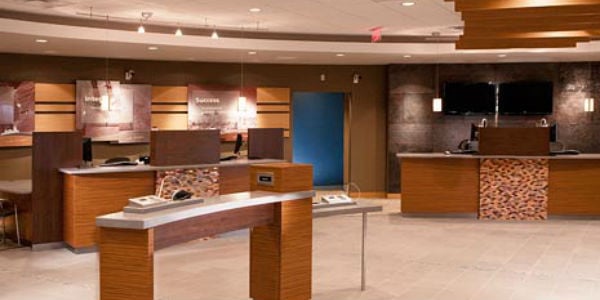The Real Future of Credit Union Branches; Teaching Members How to Fish and Feeding Them for a Lifetime

by. Michael Downs and Heather Horrocks
Just as the sun rises each day, the discussion about the future of the retail branch continues in fervor. Should they serve as transactional or relationship centers? Should they be completely automated? Should branches be large, full service locations or small “neighborhood branches”? Will they disappear altogether?
In the end, the banking community really doesn’t have the answer. However, one thing is clear from industry trends and forecasts. There will be fewer branches in the future and they will be smaller.
So, what does this mean for credit unions?
It means it is time to become less distracted by the discussion about “branch of the future” trends and focus on leveraging branches as centers of learning and financial literacy. This is not about creating a “sales culture”, but rather about creating a culture that educates members on plans that will carry them through all stages of their financial lives.
From their first checking account, first home, marriages, 401ks, children, grandchildren and eventually, estate planning. This high-level of involvement in a member’s life milestones is what makes a credit union different from a bank – it’s its core value proposition and will continue to be moving into the future.
But, how do you build lifelong relationships in today’s multi-channel banking environment?
Imagine each branch functioning as a “learning center” where there is weekly lunchtime or evening classes about how to build a financial nest egg, open your own business, prepare for long-off college tuition or simply live within one’s own means. In addition, this learning center is designed to support an educational environment with white boards, projection screens, and self-paced computer tutorials.
This is how you establish connections with members as opposed to merely signing-up them up for checking accounts. It’s about creating a long-term relationship versus focusing on the short-term “one-off” services that most banks offer.
The old proverb says, “Give a man a fish and you feed him for a day. Teach a man to fish and you feed him for a lifetime”. A credit union’s retail branch’s focus should be teaching their members “how to fish“.
There are many examples of “Learning Centers” in the online environment, but what about creating a learning space in a physical branch?
One example that demonstrates how a credit union can offer value beyond financial planning services is Crescent Credit Union in Massachusetts. Not only do they provide in-person classes for financial literacy through their Community Learning Center located in their Main Office, but English as a second language classes, basic computer skills, and preparation for citizenship tests. This clearly demonstrates how you can become a trusted advisor to your members for all of their significant life events.
Another example is Louisiana State University sponsored Campus Federal Credit Union. Leveraging its roots in education, Campus FCU has implemented “Learning Labs” into their branches to provide a wide range of financial advice to its student-rich member base.
The future of the branch seems to be interwoven with the ability of a credit union to connect with its members through interpersonal interactions. Each credit union will need to be insightful about the needs of their membership and continue to address those needs through their branching, community outreach and education strategies. That said, there will probably not be a “one-size-fits-all” model for credit unions.
So maybe it’s finally time to stop arguing about the future of the branch? And, start worrying more about teaching your members how to fish?





